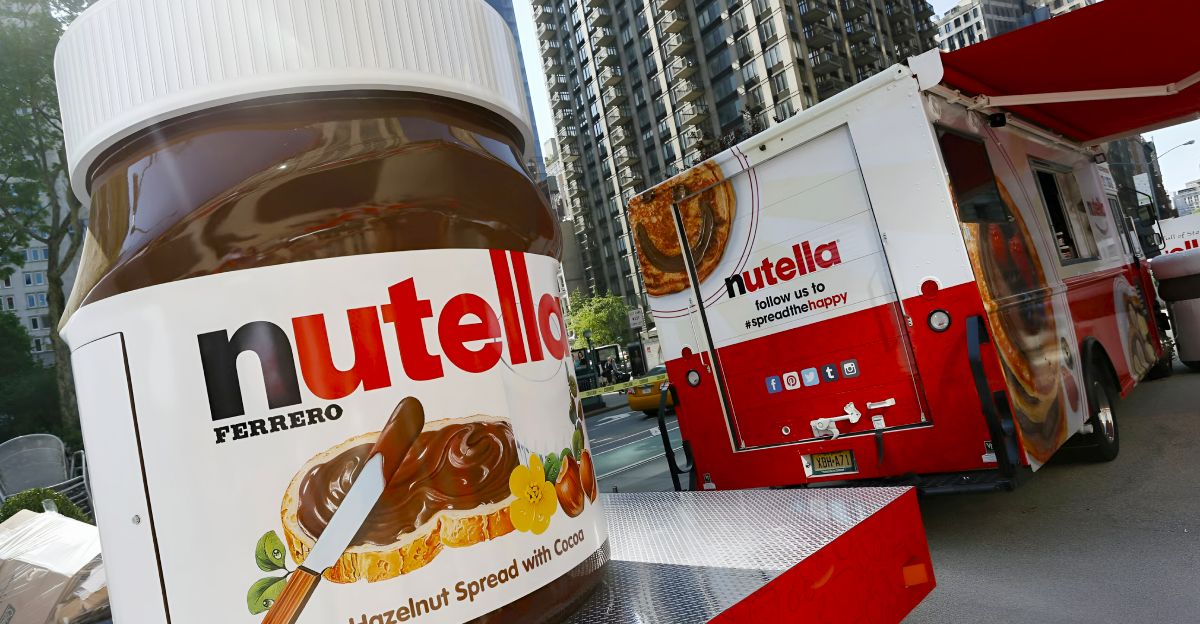
Something beloved in kitchens across America, a sweet staple many grew up with, is facing a significant price increase. This product, a household favorite, has long been a go-to for breakfasts, snacks, and desserts. Its familiar jar is found in pantries nationwide, cherished for its unique flavor and creamy texture. What’s surprising is that this price surge isn’t tied to tariffs, trade disputes, or the usual economic suspects.
Instead, an unexpected factor is driving costs upward, signaling a shift in how global food prices are influenced. Consumers who have grown accustomed to this treat may soon notice a change at the grocery store. Stay with us as we explore the surprising reason behind this new price hike and what it means for your next shopping trip.
Inflation’s Grip and Hidden Pressures
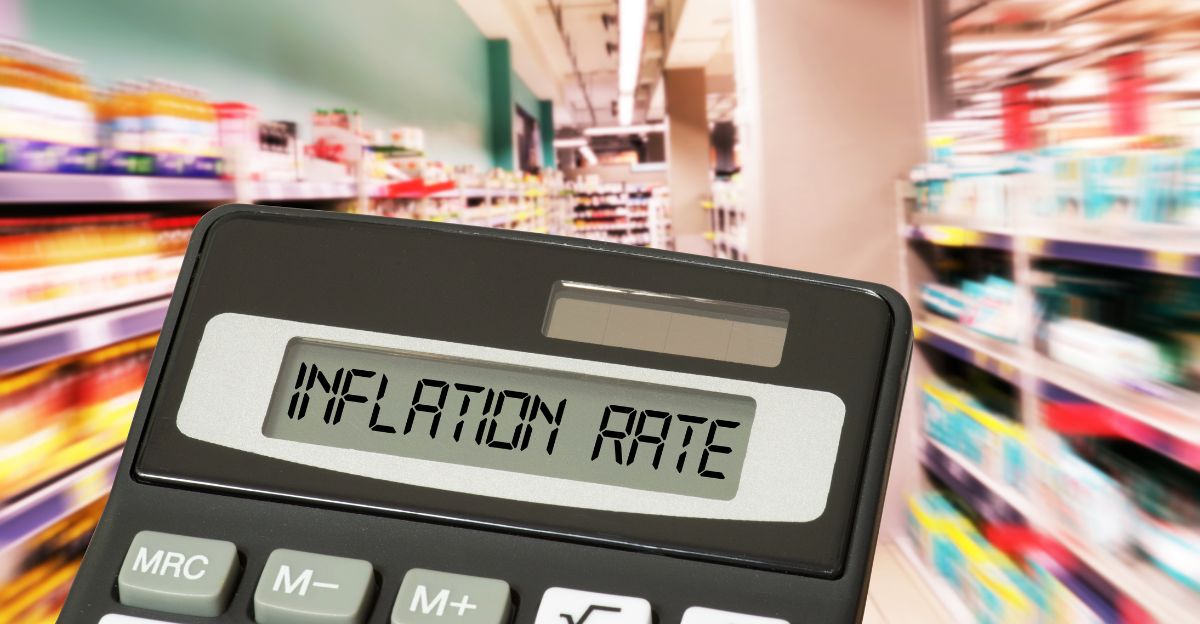
Inflation has been a persistent concern for many Americans, especially regarding food prices. Between 2020 and 2024, U.S. food prices surged by 23.6%, squeezing household budgets and changing shopping habits. While tariffs and trade tensions often dominate headlines about rising grocery costs, this story takes a different angle.
The price hike on this popular item isn’t linked to political or trade issues but rather to a less obvious, natural cause. This subtle but powerful force is reshaping supply chains and pricing structures in ways many consumers don’t expect. Understanding this hidden pressure is crucial as families navigate an already challenging economic environment, trying to balance quality, affordability, and availability in their food choices.
Nutella: A Nostalgic Favorite for Generations

For millions, this product is more than just a spread; it’s a nostalgic delight that often replaces the classic peanut butter and jelly sandwich. Known for its rich chocolate and hazelnut flavor, it has become a beloved household name over the decades. Many remember it from childhood breakfasts or after-school snacks, making it a comfort food that transcends age.
Its creamy texture and sweet taste have won hearts worldwide, turning it into a cultural icon. The thought of paying more for this familiar favorite stirs emotions because it represents not only a food item but also cherished memories. As prices rise, consumers may feel the pinch not just financially but emotionally, highlighting the deep connection between food and personal history.
Nature’s Chill: The Frost That Changed Everything

The reason behind this looming price increase is a natural event. Turkey, which supplies about 65% of the world’s hazelnuts, suffered a severe cold snap in April. The country’s agriculture minister called it one of the largest frost events since 2014, inflicting significant damage on hazelnut crops. Hazelnuts are the essential ingredient in this spread, and the frost devastated large portions of the harvest.
This unexpected weather phenomenon disrupted supply chains, creating a shortage that manufacturers now face. The event highlights how climate and environmental factors can have immediate, tangible effects on global food markets. As the damaged crop leads to scarcity, prices are pushed upward, affecting producers, manufacturers, and ultimately consumers worldwide.
Nutella’s Price Surge: The Core Impact
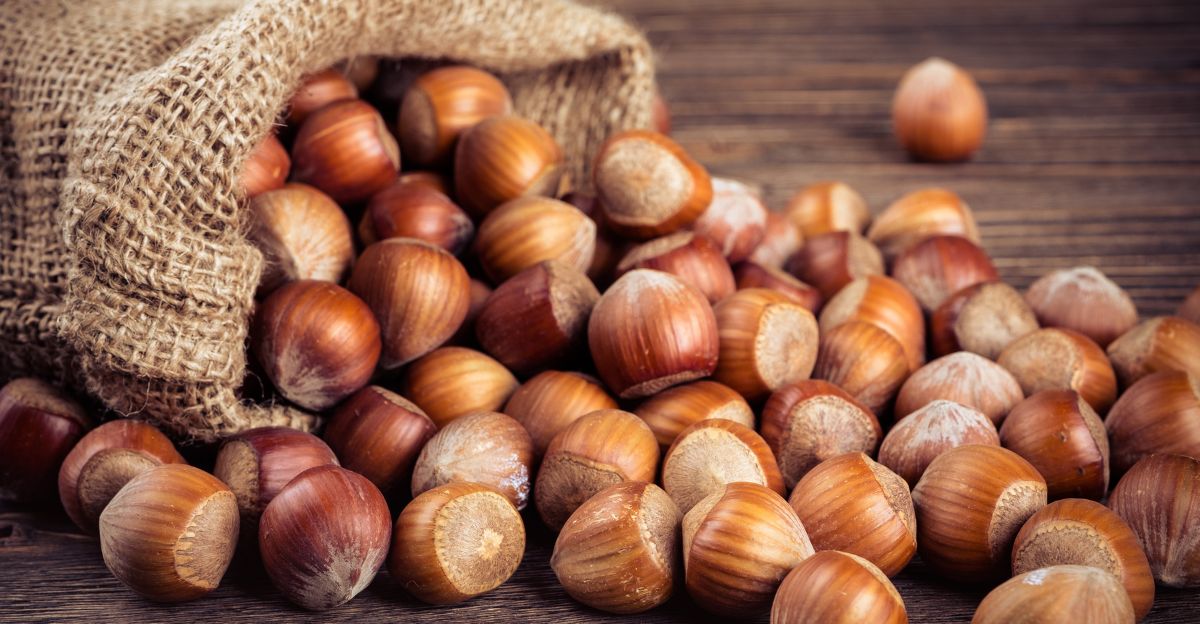
As a direct result of the hazelnut shortage, Nutella, the iconic chocolate hazelnut spread made by Italian company Ferrero, is set to become more expensive. Wholesale hazelnut prices have already surged by 30%, with further increases expected as the supply remains tight. Ferrero depends heavily on Turkish hazelnuts, and even though the company doesn’t foresee supply disruptions, the rising cost of raw materials will inevitably be passed on to consumers.
This price hike is a clear example of how agricultural challenges can ripple through the supply chain, affecting everyday products. For Nutella lovers, this means paying more for a jar of their favorite spread, reflecting a broader trend of food inflation driven by natural events rather than trade policies.
Global Effects: Nutella’s Reach Beyond Borders
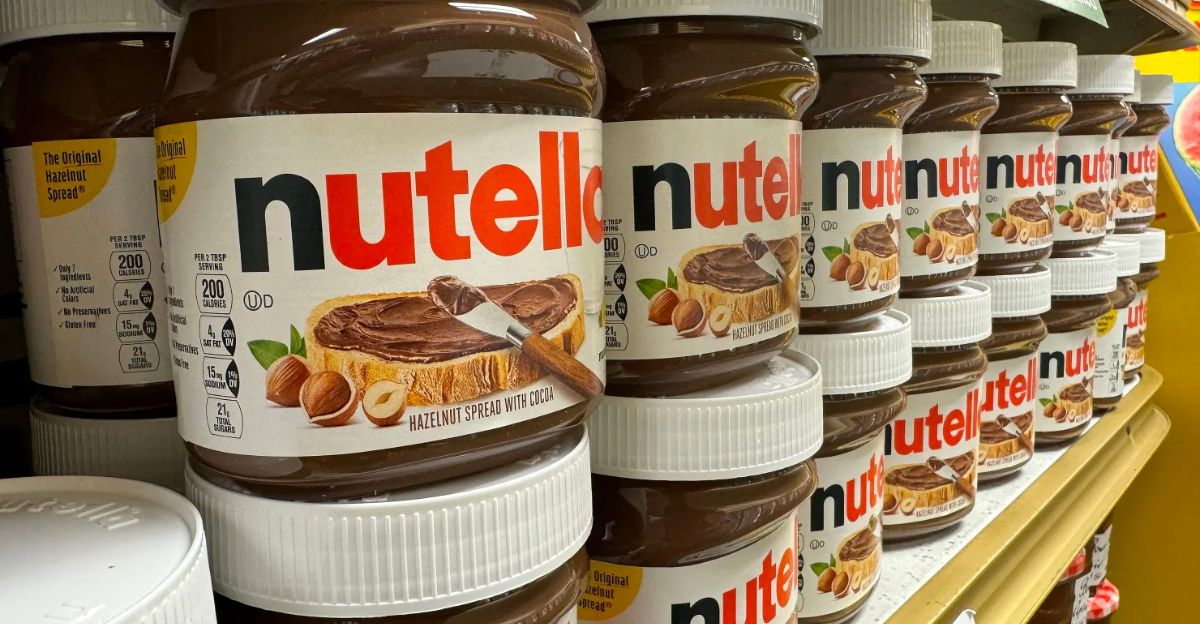
This hazelnut shortage isn’t just a local issue; it has global consequences. Ferrero purchases about a quarter of Turkey’s hazelnut output, and while they don’t expect supply interruptions, the cost increase will affect markets worldwide. Nutella is enjoyed across continents, from North America to Europe and beyond, making the price hike a global concern.
This situation reveals the fragility of international food supply chains, where a weather event in one country can influence prices everywhere. Consumers worldwide may soon notice higher prices on shelves, underscoring how interconnected and sensitive food markets have become. The ripple effect of this shortage is a reminder that climate and agriculture are deeply linked to the economics of everyday products.
When Nutella Frenzies Turn Chaotic
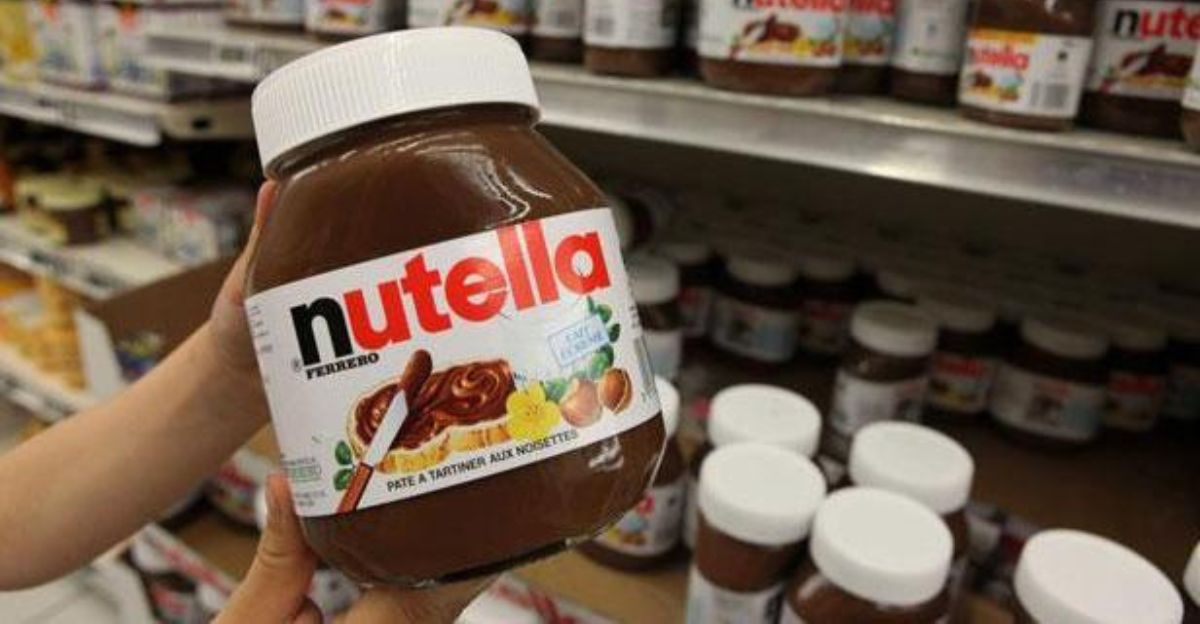
Nutella’s popularity has sparked consumer frenzies before. In 2018, deep discounts in French supermarkets caused chaotic scenes, with shoppers so eager to grab cheap jars that police were called to manage crowds. This intense demand highlights how deeply ingrained Nutella is in daily life and culture.
Such episodes show the emotional attachment consumers have to this spread, making price changes more than just a financial issue; they become a social phenomenon. As prices rise again, similar rushes to stockpile may occur, reflecting both the product’s desirability and consumer anxiety over affordability. These moments capture the passion and devotion Nutella inspires, turning a simple grocery item into a cultural event.
Hazelnut Crunch: Impact on Ferrero’s Other Products

The hazelnut shortage affects more than just Nutella. Ferrero’s other popular products, such as Ferrero Rocher chocolates, also rely heavily on hazelnuts. With supply tight and prices rising, these confections may also see cost increases. This situation highlights how a single ingredient shortage can cascade across multiple products, affecting a company’s entire portfolio.
The vulnerability of global food chains to localized climate events is starkly evident here. Consumers may soon face higher prices not just for their favorite spread but also for other beloved treats. This interconnectedness emphasizes the challenges manufacturers face in balancing cost, supply, and consumer expectations in an unpredictable climate.
Navigating Food Inflation and Consumer Choices
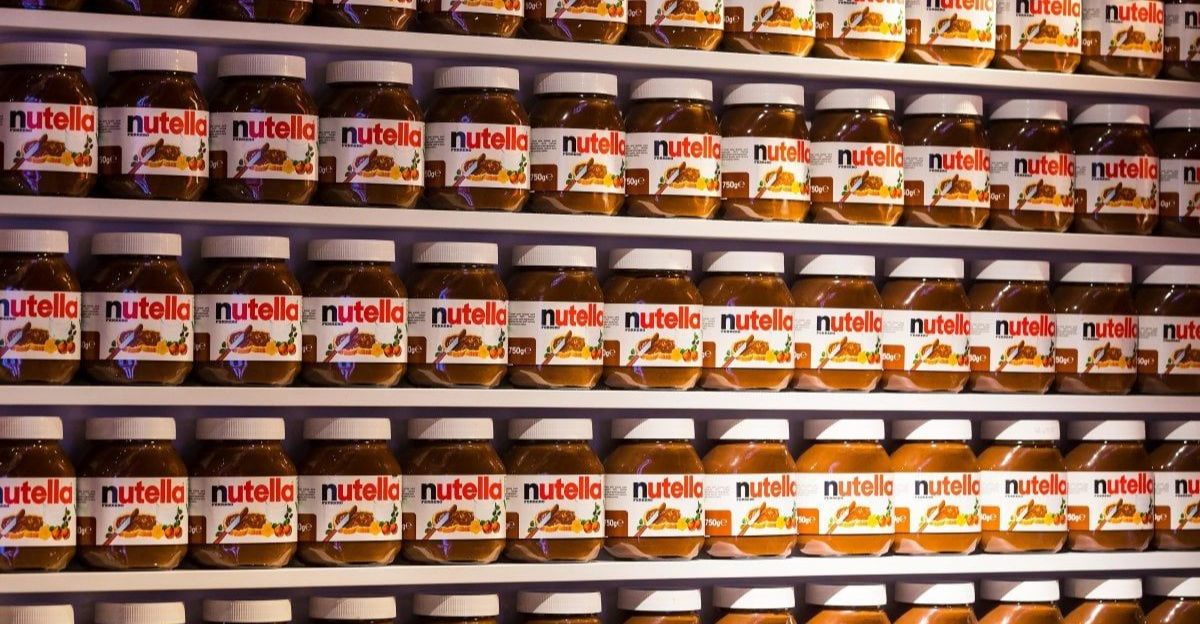
This rise in Nutella prices adds complexity to an already challenging food inflation landscape. Between 2020 and 2024, U.S. food prices surged by 23.6%, driven by pandemic-related supply chain disruptions and changing consumer habits. Now, environmental factors like the Turkish frost add new challenges.
Consumers are caught between rising costs and shifting priorities, often forced to adjust their spending or seek alternatives. Nutella’s price increase is a microcosm of broader trends affecting food affordability and availability. How shoppers respond, whether by cutting back, switching brands, or paying a premium, will shape the market moving forward. This evolving situation underscores the delicate balance between supply, demand, and environmental unpredictability.
What Lies Ahead for Nutella Lovers?

As you plan your next grocery trip, consider whether to stock up on your favorite hazelnut spread. Will this price hike change how we consume this beloved treat, or will its enduring popularity keep demand high despite higher costs? The answer remains uncertain, but Nutella’s unique taste and cultural significance suggest many will continue to pay a premium.
This moment serves as a reminder of how natural events, global supply chains, and consumer habits intertwine. The future of this iconic spread will depend on how manufacturers adapt, how climate trends evolve, and how consumers respond. One thing is clear: Nutella’s place on breakfast tables and in hearts worldwide is facing a new test.
